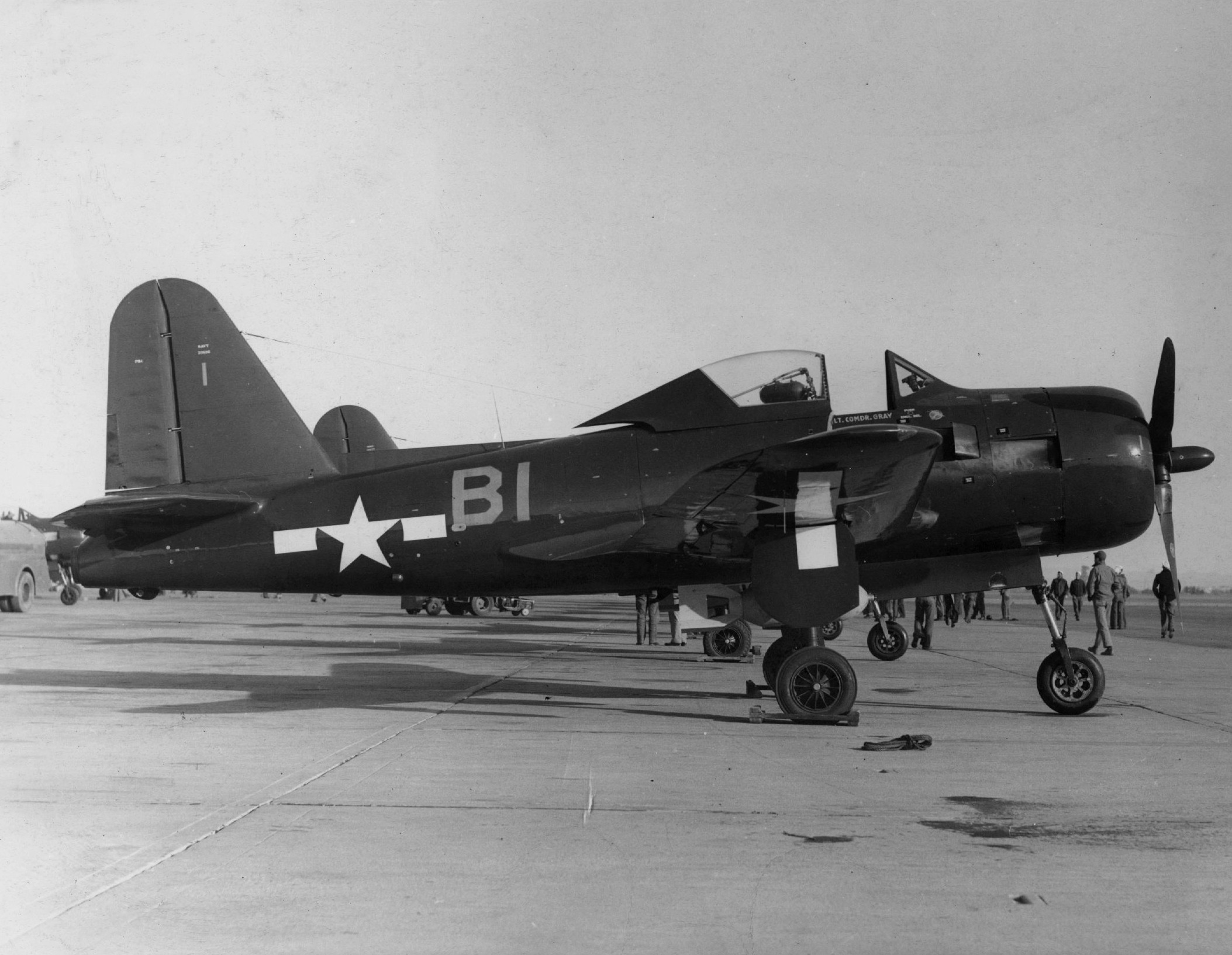One of the things brought up by Mr. Werntz was the fact that when an airplane engine fails, it essentially just turns into a glider. This fact seems very logical, and yet I hadn't ever made that connection until his lecture. He also mentioned how if a helicopter's engine fails, it more or less just falls like a brick, and it is very difficult to safely control and land. I happened to come across a video from one of my favorite YouTubers yesterday, saying sort of the opposite. It's a bit long, but it is a fantastic watch if you have the time. Mr. Werntz was for the most part right, but given that he sticks strickly to flying planes and not helicopters, I don't fault him for not knowing this:
Another thing that stood out to me was the massive quantity of rules and regulations for flying from the FAA. Unfortunately, the reason it caught my attention was not a particularly great one. Getting a pilot's license has always been a bit of a pipe dream of mine, and I was so excited when I heard that we (through this class) would get an opportunity to possibly go to the airfield and do our first in-air lesson. But after hearing about some of the requirements from the FAA, it turns out that I am actually not allowed to fly any aircraft due to health reasons. Needless to say, that was a pretty big disappointment, but oh well. The information was interesting to me all the same.

Lastly, one big thing that caught my attention wasn't even something addressed by our guest. I was going to ask a question about it, but unfortunately we ran out of time. As we looked into the mechanics and design of single-engine aircrafts, I realized that, from a mechanical engineering standpoint, the structure of these planes haven't really changed at all in the past 50+ years. The same mechanisms are used, the same aerodynamic principles are utilized, even the general design of airplanes hasn't changed all that much. This was surprising to me for a number of reasons, especially considering all of the challenges and difficulties that arise when flying aircrafts. One would think that in more than half a decade, we as a species would come up with some sort of technological advancement to make flying easier. But for the most part, we just stuck to the same old stuff. Sure, some materials or guidance instruments may have changed, but as far as how single-engine planes actually work, we are living in the 1940s.

Cars, though also relatively the same, are making huge advancements technologically. Energy efficiency is incredible, and the rise of fully electric and even self-driving cars is quickly becoming apparent. And meanwhile, nearly every other area of technology has progressed as well. But planes? I suppose if it ain't broke, don't fix it.























